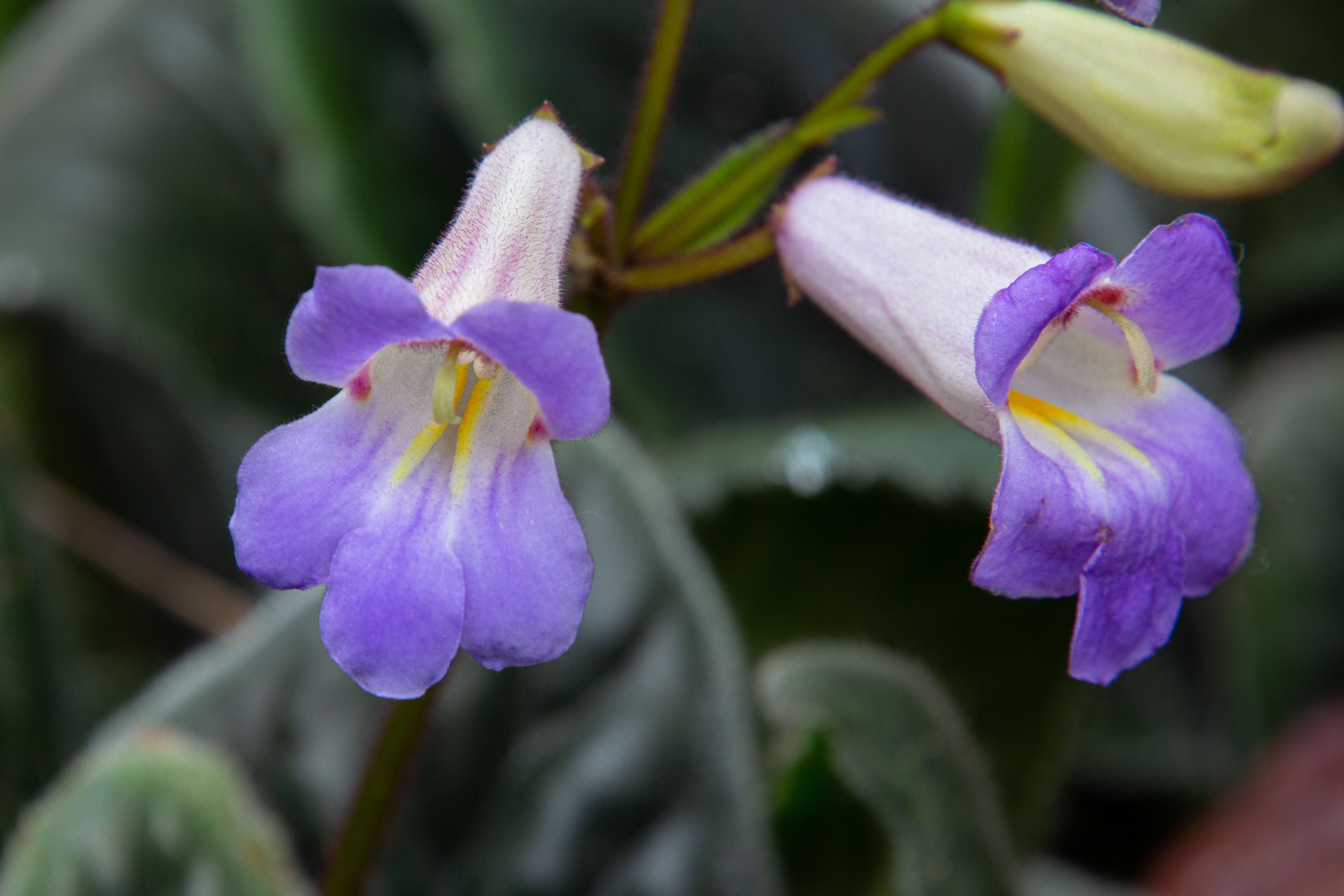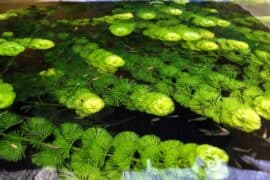Chirita lavandulacea
(Chirita lavandulacea)

Description
Microchirita lavandulacea, called the lavender microchirita, is a species of flowering plant in the genus Microchirita, native to southern Vietnam. It has gained the Royal Horticultural Society's Award of Garden Merit. Chirita was an Old World genus of the flowering plant family Gesneriaceae, native to Indo-Malaysia, S. E. Asia, and southern China. In 2011, the species in the genus were reassigned to several genera, with the type species (C. urticifolia) assigned to the genus Henckelia (as H. urticifolia (Buch.-Ham. ex D. Don.) A. Dietr.), so that Chirita became a synonym, no longer recognized. About (80-)150 species were recognized, about 100 of which are endemic to China. Most of the species have showy tubular flowers with five, usually rounded, petal lobes and are becoming increasingly popular as houseplants in temperate regions, much like their cousins the African violets. Chirita comes from a Nepalese common name for a gentian. The genus Chirita is no longer recognized, with many species transferred to the genera Primulina, Microchirita, and Deinostigma, and several more (including the type species) to Henckelia. However, the former genus name is still sometimes used in horticultural literature, especially for the most commonly cultivated species, Chirita sinensis (now Primulina dryas). Most can be grown in pots in warm (though some are known to tolerate colder conditions), humid conditions and can be propagated from seed (sown in the late winter) or by taking cuttings in the spring and summer. Chirita sinensis (now Primulina dryas) and Chirita lavandulacea (now Microchirita lavandulacea) have gained the Royal Horticultural Society's Award of Garden Merit (confirmed 2017).
Taxonomic tree:







